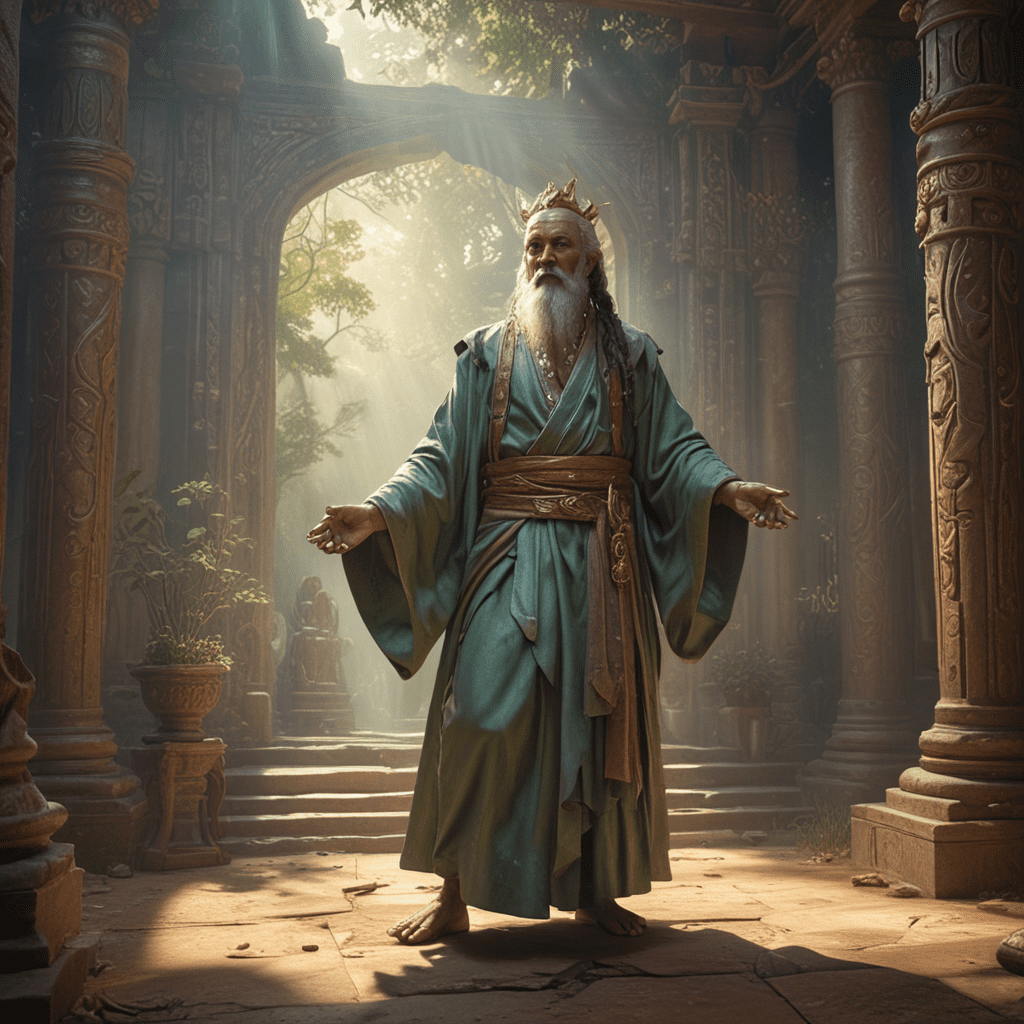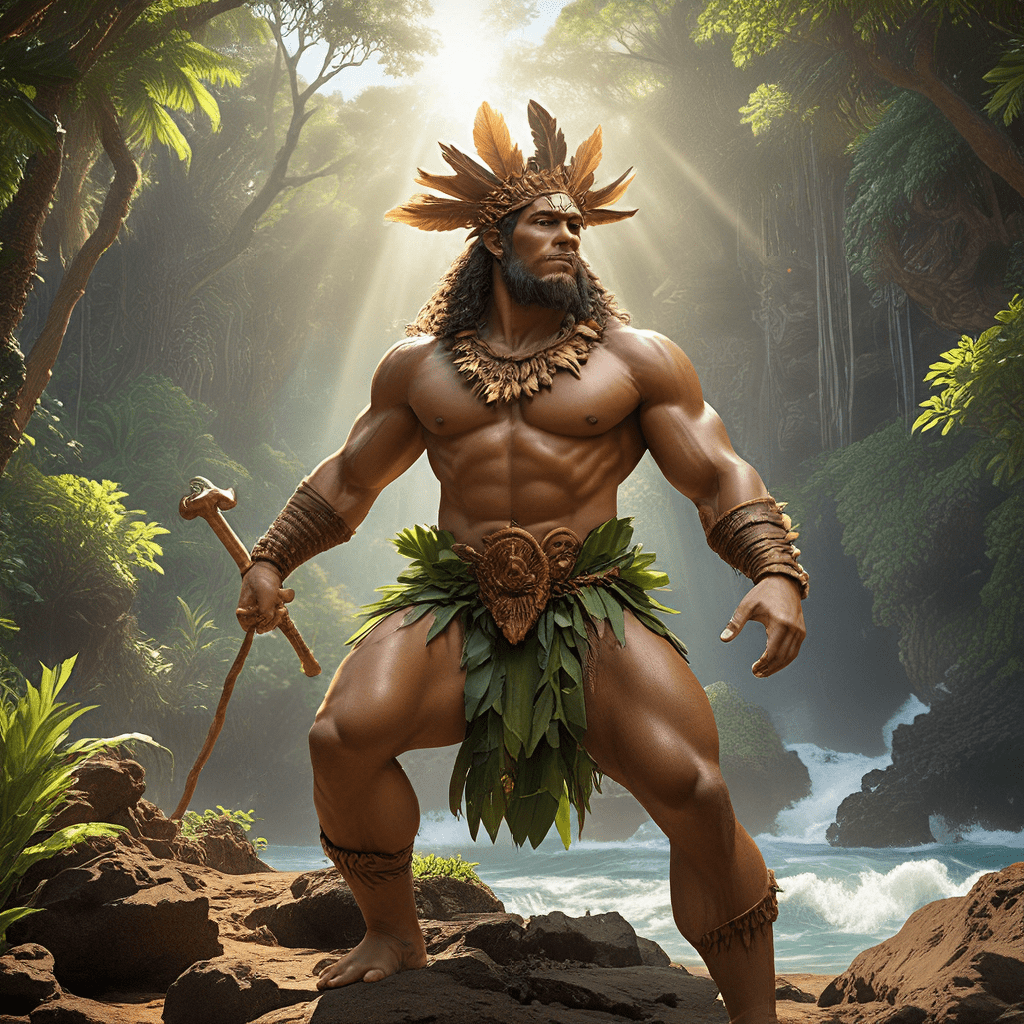Slavic Mythology: Tales of Survival and Adaptation
I. Introduction: The Origins and Evolution of Slavic Mythology
The Slavic people have a rich and diverse mythology that has played a significant role in their culture and traditions. Slavic mythology is a complex system of beliefs and practices that originated in Central and Eastern Europe, and has evolved over centuries to reflect the unique experiences and perspectives of the Slavic people.
II. The Role of Nature in Slavic Beliefs
Slavic mythology is deeply intertwined with the natural world. The Slavs believed that nature was sacred and that all living things were interconnected. They saw the earth as a living goddess, and they believed that the seasons and weather were controlled by powerful deities. The Slavs also had a strong belief in the power of magic and healing, and they used natural resources to create potions and spells.
III. The Pantheon of Slavic Deities: Perun, Veles, and More
Slavic mythology features a vast pantheon of gods and goddesses. Some of the most important deities include:
- Perun – The god of thunder and lightning, and the chief deity of the Slavic pantheon.
- Veles – The god of the underworld, magic, and cattle.
- Mokosh – The goddess of earth and fertility.
- Stribog – The god of the wind.
- Dazhbog – The god of the sun.
IV. The Cosmic Order and the Importance of Rituals
The Slavs believed in a cosmic order that was maintained by the gods. They believed that humans had a responsibility to uphold this order by performing rituals and sacrifices. The Slavs had many different rituals, including:
- The Spring Festival – A celebration of the arrival of spring and the rebirth of nature.
- The Kupala Night – A midsummer festival that celebrated the sun and fertility.
- The Harvest Festival – A celebration of the harvest and the bounty of the earth.
V. The Underworld and the Supernatural Beings that Dwelt Within
The Slavs believed in an underworld that was ruled by the god Veles. The underworld was a dark and dangerous place, inhabited by demons, ghosts, and other supernatural beings. The Slavs believed that the dead would travel to the underworld after they died, and that their fate would be determined by their actions in life.
VI. The Hero Archetype in Slavic Mythology
The Slavic pantheon is replete with heroic figures who embodied the virtues of strength, courage, and wisdom. These heroes often embarked on perilous quests to overcome evil forces and restore balance to the world. One of the most famous Slavic heroes is Ilya Muromets, a legendary warrior who fought against the Mongols and other enemies of the Russian people. Other notable heroes include Dobrynya Nikitich, a knight errant who served Prince Vladimir of Kiev, and Svyatogor, a giant who possessed superhuman strength. Slavic mythology also features many female heroes, such as Vasilisa the Beautiful, a wise and resourceful princess, and Baba Yaga, a powerful and enigmatic witch.
VII. Slavic Folklore and the Transmission of Oral Tradition
Slavic mythology was originally transmitted orally through folktales, legends, and songs. These stories were passed down from generation to generation, evolving and adapting to reflect the changing circumstances of the Slavic people. Slavic folklore is a rich source of cultural knowledge and wisdom, providing insights into the values, beliefs, and fears of the Slavic people. Many Slavic folktales feature talking animals, magical creatures, and supernatural beings. These stories often served a didactic purpose, teaching children about the dangers of the world and the importance of following moral guidelines.
VIII. The Adaptation of Slavic Mythology to Modern Times
Despite the influence of Christianity and other external factors, Slavic mythology has continued to evolve and adapt in modern times. Many Slavic traditions and beliefs have been preserved in contemporary folklore, art, and literature. Contemporary Slavic writers and artists have drawn inspiration from mythology to create new works that explore themes of identity, community, and the human condition. Slavic mythology also continues to be celebrated through festivals and rituals, such as Maslenitsa, a traditional spring festival that marks the end of winter.
IX. The Influence of Slavic Mythology on Literature and Art
Slavic mythology has had a profound impact on literature and art. From the epic poems of the medieval period to the works of modern authors such as Nikolai Gogol, Aleksandr Pushkin, and Fyodor Dostoevsky, Slavic mythology has provided a rich source of inspiration for writers. Slavic mythology has also influenced visual arts, music, and theater. Paintings by Ivan Bilibin and other Russian artists often depict scenes from Slavic mythology. The music of Igor Stravinsky and other composers has been inspired by Slavic folk tales and legends.
X. Conclusion: The Enduring Legacy of Slavic Mythology
Slavic mythology is a vibrant and multifaceted tradition that has played a significant role in shaping the culture and identity of the Slavic people. Through its heroes, deities, and supernatural beings, Slavic mythology provides a glimpse into the values, beliefs, and fears of this unique cultural group. While Slavic mythology has evolved and adapted over time, its enduring legacy continues to inspire and engage people around the world.
FAQs
1. What is the most important deity in Slavic mythology?
Perun, the god of thunder and lightning, was the chief deity of the Slavic pantheon.
2. What is the name of the Slavic underworld?
The Slavic underworld was known as Nav.
3. Who is the most famous Slavic hero?
Ilya Muromets is the most famous Slavic hero.
4. How was Slavic mythology transmitted?
Slavic mythology was originally transmitted orally through folktales, legends, and songs.
5. How has Slavic mythology influenced modern culture?
Slavic mythology continues to influence literature, art, music, and theater in modern times.




